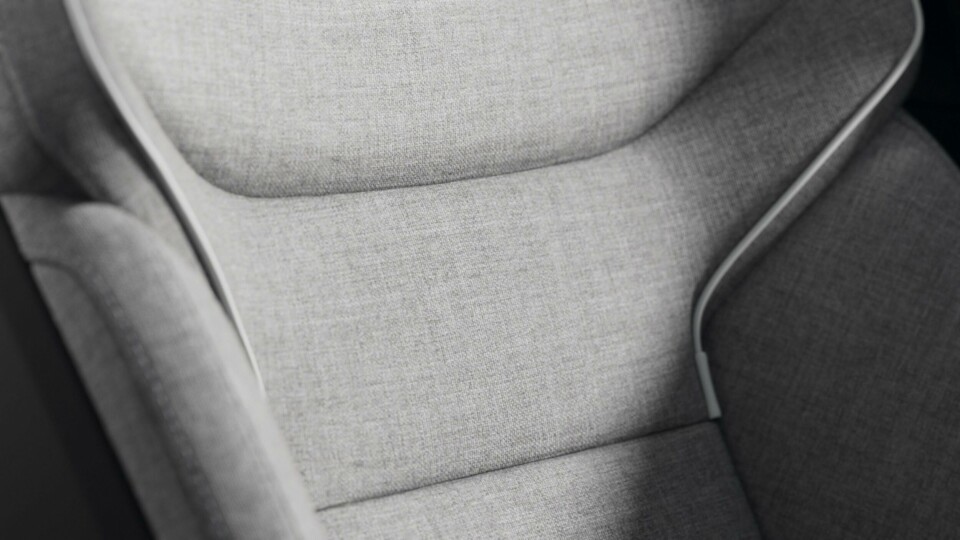
Designers have a “sea of opportunity in CMF,” says expert
Car Design News chats to ex-Volvo and Polestar CMF specialist Johanna Kaartinen who recently went freelance in a bid to bring fresh ideas to the field of CMF design
Following stints in engineering and R&D, Johanna Kaartinen eventually made the move into CMF, working most recently on models like the Volvo EX30, EX90 and Polestar 3.

In a move that perhaps many of us would aspire to, she took a year away from CMF – and work full stop – to reset, rediscover what matters and return with new ideas. Now back in CMF – this time as an independent consultant – Kaartinen aims to bring a fresh perspective to this field of design, challenging the status quo and cutting the bullshit from sustainability discussions.
No longer tied to a particular OEM, we caught up with Kaartinen to cover a range of issues relating to CMF, but found the discussion naturally branched off into wider topics around engineering, furniture and the relationship between different players in the value chain.
CDN: What do OEMs gain from working with an independent designer?
JK: It brings a fresh view into the team. From what I have seen, when you are not permanently in one place and have experience from other teams, building a bigger network and working with suppliers the OEM hasn’t been working with, you know more processes and can bring new knowledge. That is a big benefit. Speaking for myself, when you are independent – working on a specific project for a set period of time – I feel like you can take greater ownership of your work because you are more invested personally.
With sustainability, you need to plan for technical considerations early on
CDN: Is there a disconnect between what CMF teams want to do, and what is ‘realistic’ – a case of shooting for the stars and not quite reaching the moon?
JK: To start off, I think it is always good to aim for the stars and the moon, you don’t want to limit yourself. It is the designer’s role to go wild. But yes, the end result lands somewhere between the stars and reality when considerations like cost, ergonomics, safety and technical requirements come into play. So it is a kind of balancing act and making trade-offs.
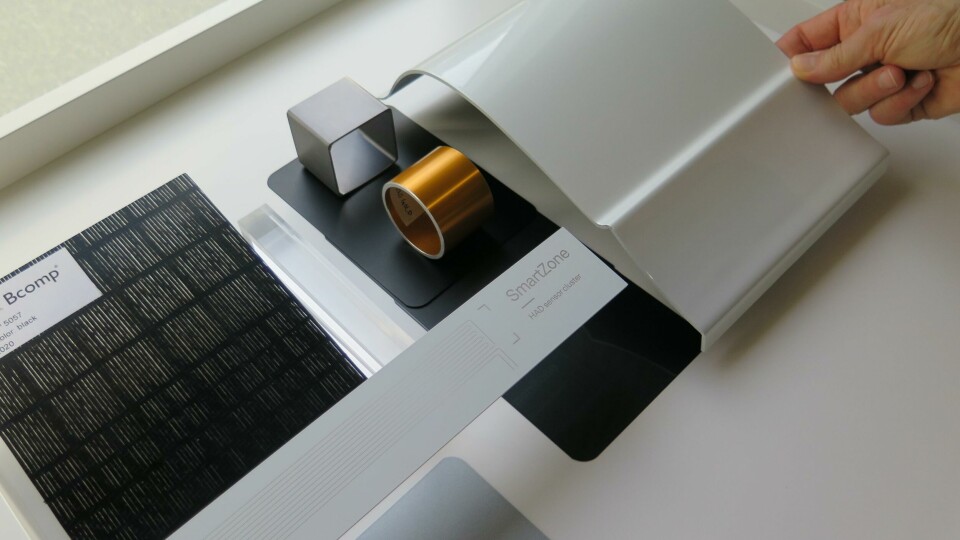
CDN: How do you go about navigating that and figuring out what’s realistic?
JK: It depends on how the teams work. Do the designers just reveal their concept and show it to the engineers, or do the designers come up with the concept and bring in developers, contact suppliers and start refining it all together. It depends on how the workflow looks, but I think that with all the talk around sustainability, you need a plan for all these technical considerations early on.
CDN: It’s not just about the CMF team coming in and adding a final flourish – there are multiple groups and players that need to work together if something is to be genuinely sustainable.
JK: Right. And this is a benefit to all teams if there is this common effort. OEMs are starting to look into the whole component – where the material comes from, how it is made and where it goes after. Suppliers also know this and it is a joint effort. There should be a harmony, it’s not like the designer designs and then steps away. That being said, I would like to see CMF become more of an integral part of the whole development, you cannot just attach a surface into a product if you want to achieve sustainability. There is a shift in the way of working that we need.
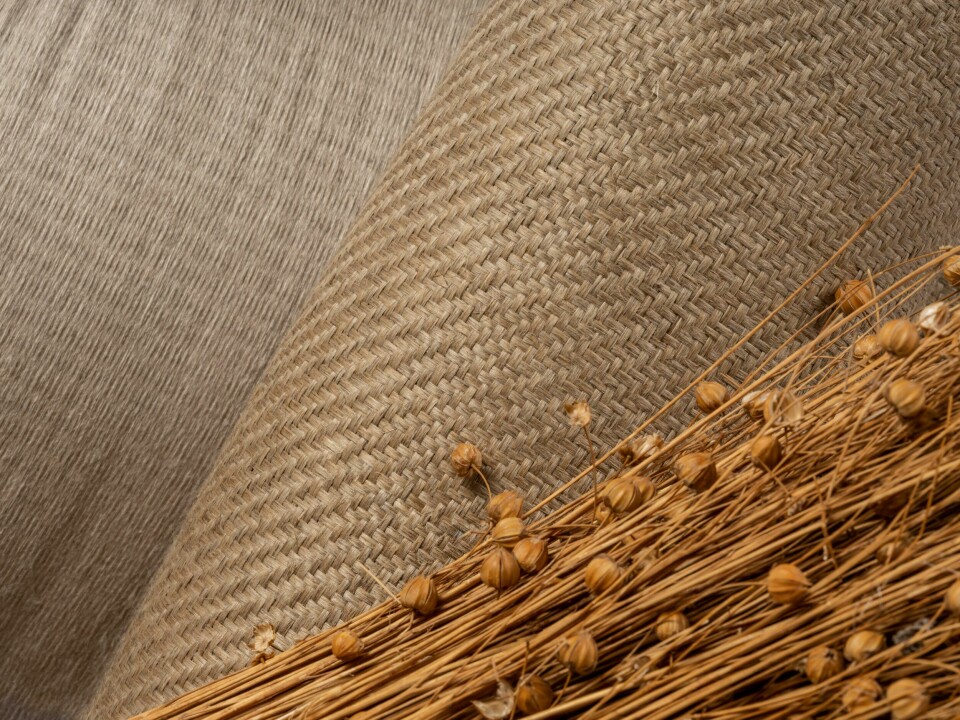
CDN: To that point, you have some strong views on how the topic of sustainability is approached today. Is the car industry still figuring out what ‘sustainability’ means exactly?
JK: This whole topic is super interesting because CMF is really evolving. Everybody is looking into recycled materials which is great but that is kind of the first step. Now we are developing more knowledge, and you start to realise that simply using recycled materials on the surface does not help so much, and putting new players into the same system does not create a different outcome.
CDN: What needs to change?
JK: I’m not saying I have the answer, but you need to know the basics to do anything great. Fundamentally there is no sustainable material, but anything can be made sustainably. When I started in CMF I was wondering how on earth we can just design a surface separate from the interior design – how are they not more linked together? Coming from a plastics engineering background and in R&D, from my perspective you cannot just slice these things apart, put them together at the end and hope for the best.
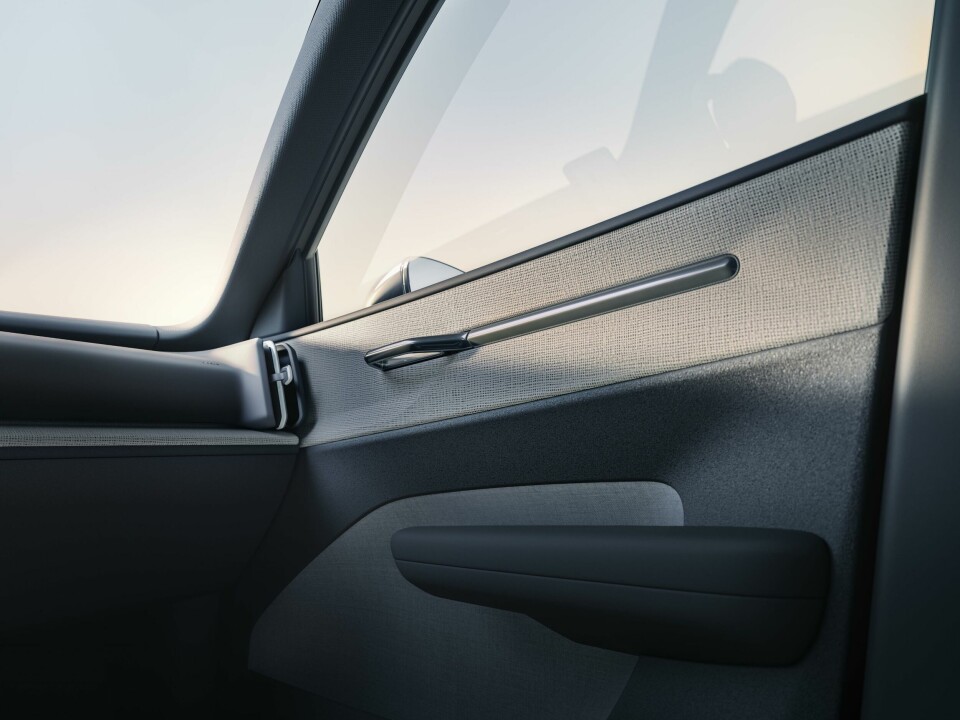
CDN: So things need to be more joined up, so to speak. What else?
JK: You should know what the angle is – the focus. OEMs need to decide what sustainability means to them and to address applications, whether it is cleaning up production by changing to renewable energy, or instead aiming for recyclability or improved durability. There needs to be that question: “what does sustainability mean to us?” I see many OEMs are panicking and just saying “sustainability” without a proper strategy or clarity about where they start, where they want to go or which specific problem they are looking to solve. It is quite chaotic in a way, and the outcome might be that you only look at recycled materials without looking into the whole lifecycle.
CDN: A change in mindset is needed then, in your eyes?
JK: We need to really define how something is sustainable, basically. To explore these deeper dimensions of the material – where it comes from, how it’s made and where it goes. That is the core of sustainability from a materials perspective. I also think designers have this challenge to change their approach to design. If you want to focus on sustainability, you have to relinquish a bit of your design freedom. And if you work with natural materials, you cannot control the outcome as you would if it is a traditional plastic, for example, because they have their own origins and properties.
Customers want quality and something that lasts… In a way, we shouldn’t be chasing trends
CDN: There seems to be a trend to ensure that sustainable materials ‘look sustainable’ in some cases. What do you think about that?
JK: Everyone is making recycled materials and chasing sustainability, but you can also make something sustainably without changing the appearance. Recycled aluminium comes from different processes, but looks exactly the same. So that’s another question in itself – what does a sustainable material actually look like?
CDN: You mentioned durability earlier. Making things that last should be another key principle to sustainability, right?
JK: I come from Finland where we have these design classics that were designed 80 years ago and are still so well made. There is this focus on craftsmanship and lasting sustainability. Back then they were not intended to be sustainable, but I still have products my grandmother was using, which is truly sustainable by definition. We have to remember that customers want high quality and something that lasts – so in a way, we shouldn’t be chasing trends. It’s a fusion of all these things that creates sustainability.
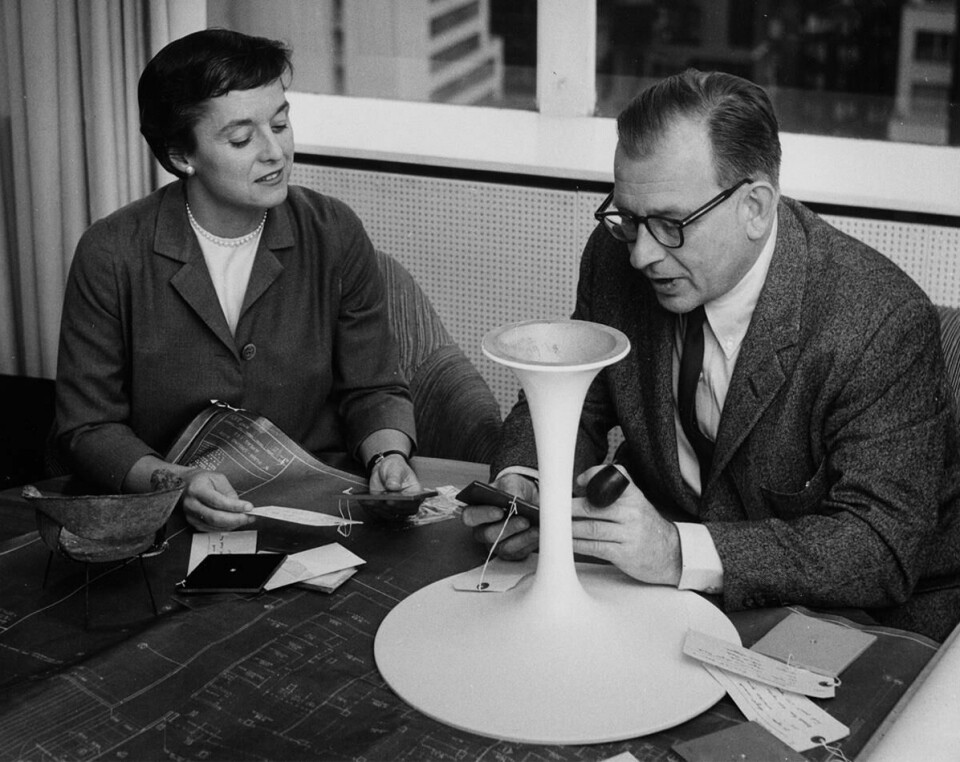
CDN: What do the coming years hold for CMF in general, what changes do you expect to see?
JK: I think there will be more data and customer feedback implemented into design decisions, and it is exciting to see how AI might change CMF. This world of design is fascinating and there is so much to learn; that is the exciting part. When you have the awareness that you don’t know everything, you are open to new things. There is a vast sea of opportunity to explore moving forward and that excites me



